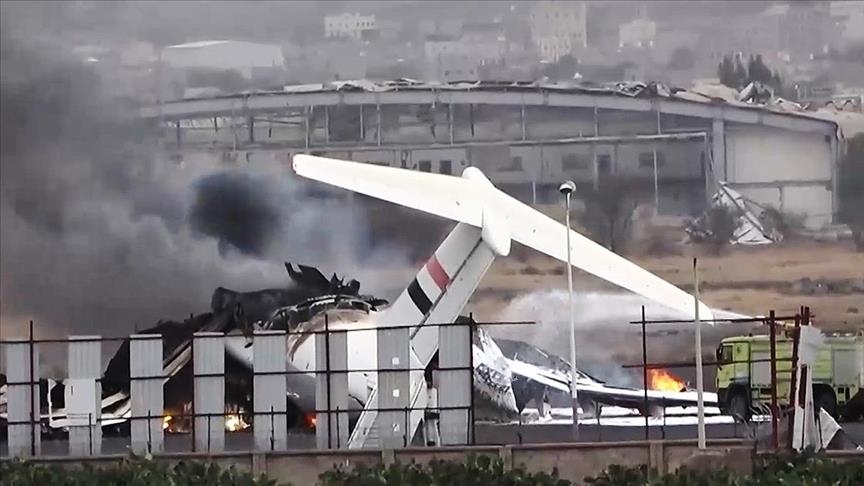In a significant blow to Yemen’s already crippled aviation sector, Israeli airstrikes in Sanaa have reportedly destroyed the last operational aircraft belonging to Yemenia, the country’s national carrier. The incident marks the end of the airline’s remaining operations, underscoring the broader humanitarian and infrastructural cost of ongoing regional tensions.
What Happened in Sanaa?
According to multiple local sources and international media reports, an Israeli air raid targeted key infrastructure in the Yemeni capital of Sanaa earlier this week. Among the casualties was Yemenia’s final aircraft, which had remained grounded due to ongoing airspace restrictions and conflict-related disruptions.
The aircraft was parked at Sanaa International Airport, which has seen limited civilian use amid the conflict between the Houthi-led administration in northern Yemen and a Saudi-led coalition. With the Israeli strike, the aircraft was completely destroyed, signaling a full stop to the national airline’s already diminished service capabilities.
A Long Struggle for Yemenia
Yemenia has struggled for years to maintain any semblance of normal operations. Years of conflict have led to a collapse of infrastructure, including critical aviation systems. The airline has been forced to operate at a fraction of its capacity, relying on minimal flight routes primarily to neighboring countries when permitted.
Prior to the war, Yemenia served as a key link between Yemen and the rest of the Middle East, Africa, and Asia. However, due to the conflict and persistent closure of airspace, its fleet was largely grounded. The destruction of the last aircraft symbolizes the end of an era — not just for the airline, but also for the broader hope of civilian air mobility in Yemen.
Implications for Civilians and Regional Stability
The loss of Yemenia’s last plane is more than a symbolic casualty. It cuts off one of the few remaining lifelines for medical evacuations, humanitarian flights, and potential diplomatic efforts. For ordinary Yemenis, it represents another roadblock in accessing international healthcare, education, and even asylum opportunities.
Regional analysts suggest this strike may also escalate tensions further, drawing in broader international attention and possibly igniting responses from groups aligned with the Houthis or other actors in the region.
What Comes Next?
With Yemenia no longer operational, questions are being raised about who — if anyone — will fill the gap. The possibility of foreign aid carriers increasing their footprint in Yemen is under discussion, but the dangerous security environment makes that prospect uncertain.
For now, the skies over Sanaa remain quiet — not from peace, but from the silencing of Yemen’s once-proud national carrier.



